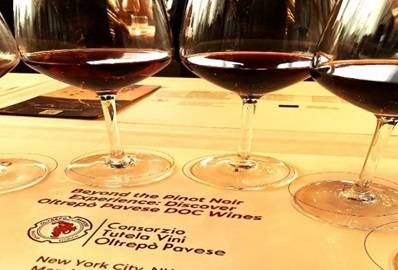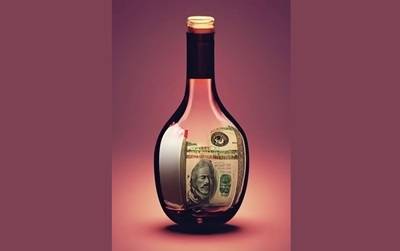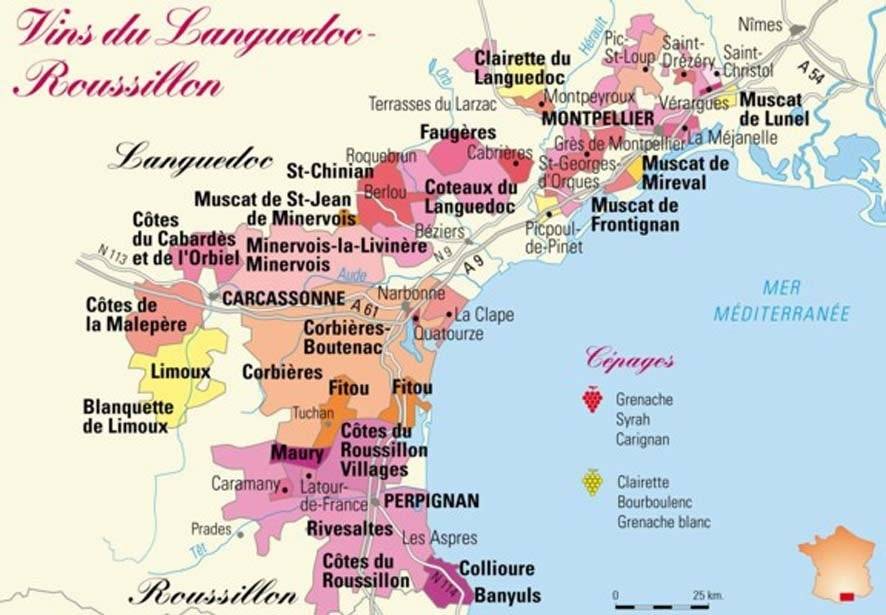What About the Child? Risks, Hazards, and Perils of Adult Tourism
What are the risks to the child involved in sex tourism? “Few forms of exploitation are as degrading as child prostitution and pornography” (Child Sexual Exploitation in Developing Countries, 1992) Children become addicted to drugs and alcohol; HIV infections, despair, depression, and suicide (Serrill, 1993, p. 52). “Torture, rape, and sexual abuse – widespread in South Asia – can distort children’s development and traumatize them for life, making it sometimes impossible to fully heal them and reintegrate them into society” states Rory Mungoven, program director of the Asia Pacific region of Amnesty in London, UK (Kuman, S., 1998, p. 1). In a discussion of child prostitution in parts of Southeast Asia where parents sell children for the price of a television set, Simons (1994, 33) observes that Thailand (for example) is in a difficult position. On one hand, they are “eager to attract tourism.” With this objective, they are open to all types of tourism, irrespective of the consequences to the citizens of the country. They have become tolerant of brash sex clubs for homosexuals, heterosexuals, pedophiles, and others in search of sex that is expensive or outright dangerous to pursue at home. In this relentless pursuit of the hard currency that enters the economy through tourism, the Thai government has lost sight of what Matteo (196, 1) refers to as “moral tourism”. He questions how one can condone child prostitution, “Can there be any doubt that such a practice is objectively immoral that those that deviate from the natural, human duty to cherish and care for children in the pursuit of mere sexual gratification or material gain rightly serve moral censure?” In consideration of those that inflict pain on children for their gratification is “sobering to realize that those directly responsible for the carnage, and those who indirectly support their efforts, are not moral aliens. They love their families, are loyal to their friends and can be compassionate to those of their own circle” (Matteo, 1996, 5). The connection is broken when people of one culture, “believe that members of tribes or ethnic groups which are their historical enemies are…a less breed of humanity, that they ought not to be accorded equal treatment and protection but fit objects for pillage, rape and slaughter” (Matteo, 1996, 5). The United Nations Centre for Human Rights (UNICEF) (1994, 1) states that gender discrimination is a significant reason for the utilization of young girls in prostitution. Culture and religion portray the female as a sexual object. Most children forced into prostitution come from either severely impoverished families living in isolated rural areas or overpopulated urban slums. Some find home intolerable because of parental abuse. Whatever the initiating experience, the children are forced to find ways to support themselves and their families. Legitimate jobs are not available for these children who have no formal education or skills. The children range in age from ten to late teens (Wallace, 1994). The movement of children across borders for prostitution is becoming more common. Children from Nepal, Bangladesh, and India have been found in Pakistan and the Gulf States. Children from Thailand have been located in Japan. Young girls from Myanmar and China have been found in Thailand. Entire villages in northern Thailand, along the Burma border, are nearly devoid of young girls because so many have been sold into prostitution (Serrill, 1993, p. 52). The child prostitutes are poorly fed and suffer from malnutrition and tuberculosis. If they do not earn enough money, they are severely punished; they are beaten and starved; they are introduced to drugs. Very few of the children ever make it back into the mainstream of society (Cohen, 1990). Dr. Pers-Anders Mardh, director of the World Health Organization’s Collaborating Center for Sexually Transmitted Diseases found that sexually active children are more likely to carry the AIDs virus than adults. “Both boys and girls are more vulnerable to infection because they are prone to lesions and injuries in sexual intercourse” (Hermann, K. Jr. & Jupp, M. 1988). Roaming the streets, the children are often picked up by the police for being “eye sores.” The police subjected them to sexual abuse. There are death squads directed at the children. Amnesty International reporters “beatings, torture and killings of street children in Guatemala City and various cities in Brazil (Teghararian, 1997, p.3). In one 18-month period, there were 624 such killings in Brazil of which 130 were attributed to death squads involving off-duty police officers. Law Enforcement May be Mutually Exclusive Countries with prostituted children very often have laws that make sex with children a crime; however, the laws are rarely enforced. Even when a perpetrator is caught, he can slip out of the country by bribing the police and investigators (Ehrich, 1993, pp. 70-73). International agreements focusing on the protection of both women and children from sexual exploitation date as far back as 1904 (amended in 1919). The International Agreement on Suppression of White Slave Traffic prohibits the hiring or seducing of a minor, even with her consent for immoral purposes. In 1957 and 1973 the International Labor Organization (ILO) adopted a policy concerning coerced labor and the minimum age of employment. In 1989, The General Assembly of the United Nations adopted the United National Convention on the Rights of the Child. It improved the protection of children, especially as it relates to exploitation. A child is defined as anyone under the age of eighteen. Two provisions relate to the issue of sexual exploitation and directly to the phenomenon of child sex tourism. It compels states to take measures to prevent the sale, abduction, or trafficking of children. The Convention offers no remedies. Prostitution in Thailand was legal until 1956; under the Thai Penal Code, it is now prohibited. Until 1987 the female age of consent in Thailand was thirteen. Currently, sexual intercourse with a minor of sixteen or younger is punishable by a fine and a prison term of up to twelve years. The Thai Cabinet has approved a bill targeting the clients and procurers





